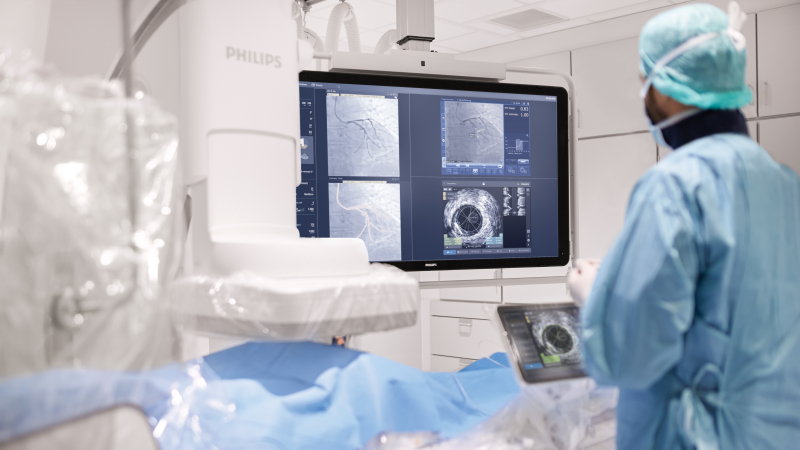At the 5Groningen field lab, the next generation of wireless technology is being put to the test in an experiment with a prototype involving real-time decision-making using 5G edge computing. One of the applications envisioned is a smart police vest that can fully automatically detect threats like firearms and stabbing weapons.
The fifth-generation (5G) mobile networks unleash a wide range of new possibilities and opportunities. They include a feature to hook up vast amounts of low-power IoT devices and over 1 Gb/s of bandwidth – ten to a hundred times that of 4G. Last but not least, they provide super-low-latency capabilities.
The 5G feature set is made up of three core components. Massive machine-type communication is intended for small bandwidth usage, typically in the 700 MHz range. Smart sleep and other energy-saving modes in the communication between the device and the 5G antenna minimize power consumption. Applications include lightweight sensors, performing measurements every hour or every few hours and sending this data via 5G using NBIoT (narrowband IoT), which is effectively already in place within 4G-LTE. A standard 3000 mAh battery is sufficient to power them for more than ten years without charging.



